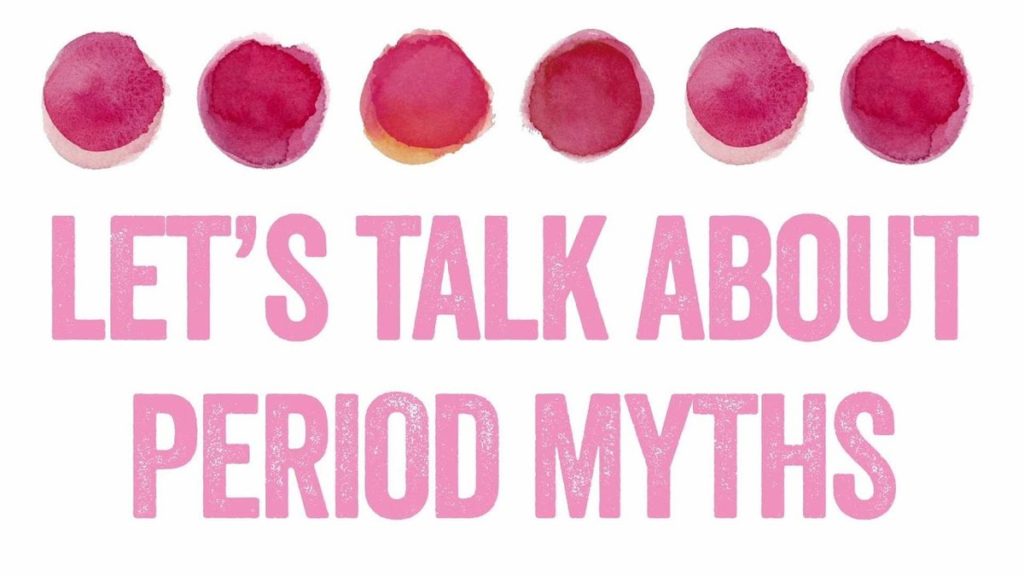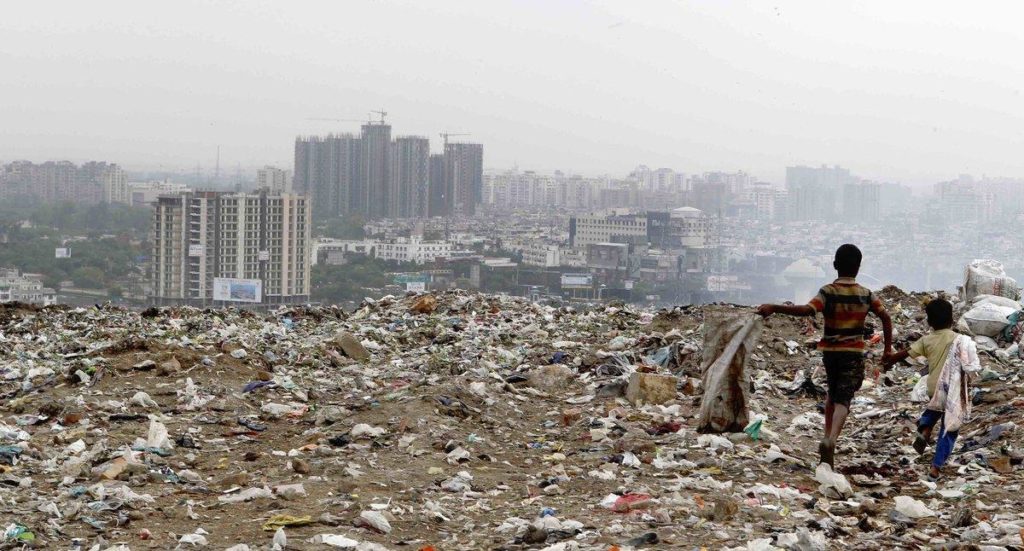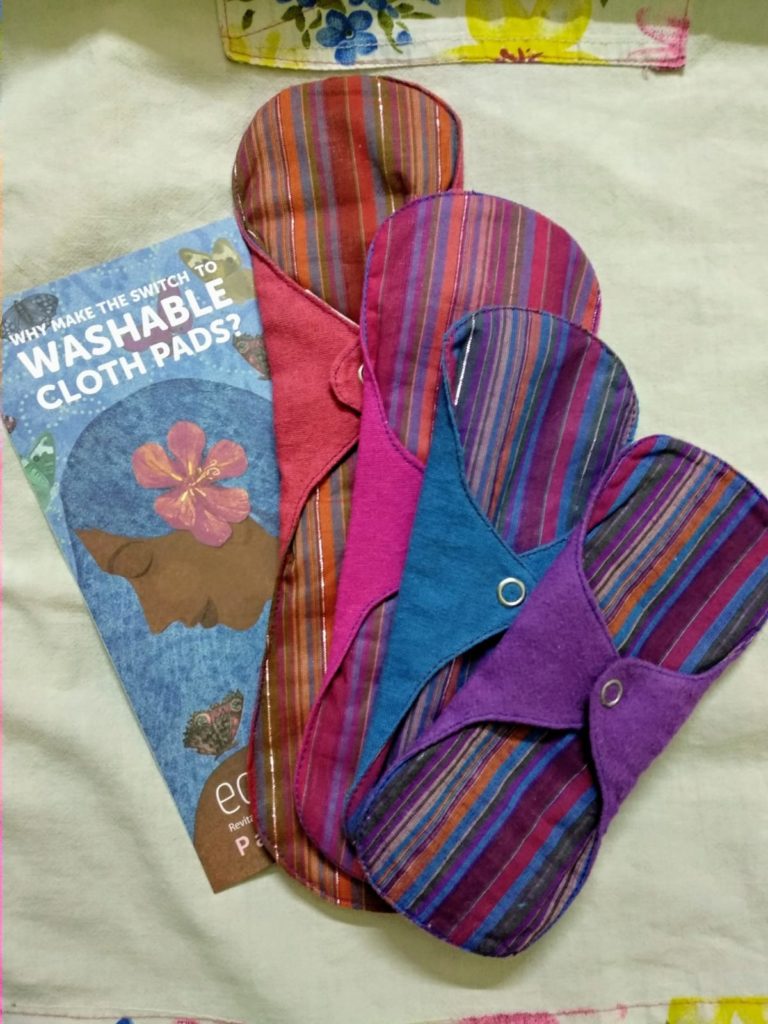Sustainable Menstruation: What, Why and How
By Tanisha Saxena
The webinar “Sustainable Menstruation : What, Why and How” held by Sanjina Gupta,founder of Rangeen Khidki, on 22nd of April was an extremely informative session with accurate facts and a wonderful host.
It started with covering the basics of menstruation such as the definition, cycle, various phases and menstruation products. An important aspect covered was how all people who menstruate are not necessarily women and thus a gender friendly term of menstruator should be used while discussing this topic.

Problems Regarding Menstruation In India
The webinar also highlighted the harsh reality of India wherein several menstruators still deal with superstitions regarding this natural phenomenon. These myths lead to restrictions on their freedom-some are told to sit, sleep in different areas, not visit places of worship and not touch certain food items as well.
A study showed how 70% mothers believe menstruating are unhygienic and unclean. Another hard hitting and unfortunate aspect was how several individuals especially in rural households lack clean options of menstruation products due to lack of awareness and availability and resort to un-sanitized clothes.

Menstrual Waste In India
Further, it moved on to how 57% menstruators use commercial disposable pads.
A thought-provoking realization was how these pads end up in landfills in unhygienic conditions and become breeding grounds for several diseases.With no knowledge of how to dispose of them, most women just throw them in the garbage bin which usually gets mixed up with dry, wet and hazardous waste. A lifetime of menstrual waste of a menstruator is around 1.6kms in height i.e. 5 times the Eiffel Tower’s height.
Why Sustainable Menstruation Products?
Sustainable menstruation is thus the need of the hour for several reasons. Pads take 500-800 years to decompose. The newly found technique of incinerators and burning in the open to dispose pads is also harmful as it causes toxic fumes. Commercial pads and tampons can also cause frequent and unexplained UTI’s (Urinary Tract Infections) and rashes because of constant exposure to toxins. Several ingredients in pads are known carcinogens and irritants.

What are the available options?
There exist two environment friendly alternatives that were discussed in the webinar- Menstrual cups and Cloth Pads. Both are reusable, chemical free and cost effective.
Menstrual cups are made of silicon, a bio-inert material (does not interact with the skin), can last for up to 10 years. They can be worn for 10-12 hours a day. Several homegrown brands such as Boondh, She Cup, Sirona, Peesafe and Gaaia are available in India and usually cost between Rs 700-1500.
Cloth Pads are reusable, washable and last 3-5 years or-75 uses. They should be washed in cold water to get rid of stains. Examples of cloth brands in India are Eco Femme, Azah, Saathi and Soch. They typically cost around Rs 200 per pad.
Author

